CW: This episode features discussions of slavery in a Japanese context. There is also some language that sensitive listeners may find objectionable.
Previous Episodes
- August 2025
- July 2025
- June 2025
- May 2025
- April 2025
- March 2025
- February 2025
- January 2025
- December 2024
- November 2024
- October 2024
- September 2024
- August 2024
- July 2024
- June 2024
- May 2024
- April 2024
- March 2024
- February 2024
- January 2024
- December 2023
- November 2023
- October 2023
- September 2023
- August 2023
- July 2023
- June 2023
- May 2023
- April 2023
- March 2023
- February 2023
- January 2023
- December 2022
- November 2022
- October 2022
- September 2022
- August 2022
- July 2022
- June 2022
- May 2022
- April 2022
- March 2022
- February 2022
- January 2022
- December 2021
- November 2021
- October 2021
- September 2021
- August 2021
- July 2021
- June 2021
- May 2021
- April 2021
- March 2021
- February 2021
- January 2021
- December 2020
- November 2020
- October 2020
- September 2020
- August 2020
- July 2020
- June 2020
- May 2020
- April 2020
- March 2020
- February 2020
- January 2020
- December 2019
- November 2019
- October 2019
- September 2019
We made it to the land of Yamato, the country of the Queen of Wa! We also talked a little bit about what life was like,and now we’ll get into a little more of what Society was like overall. There are, after all, some striking similarities to today, and also some clear differences. Yet every clue helps us to better understand the people of this time.
We’ll talk about the apparent gender equality—at least among the elite—where everyone had a voice. We’ll talk about some of the early customs, such as how peasants were supposed to get off the path of their superiors, as well as some customs for greeting and showing respect.
Perhaps one of the strangest customs we’ll talk about is the custom of the jisai, or abstainer. In a society where we usually think of purity as a high virtue, who would think you could be rich and successful by not bathing? But there you have it.
Finally, we’ll talk about the rituals that went with the inevitable in any society: Death. This is the transition point from the Yayoi period to what we know as the Kofun, or Ancient Tomb, period. These mounded tombs had their start in the Yayoi period, but really took off around the 3rd century and beyond.
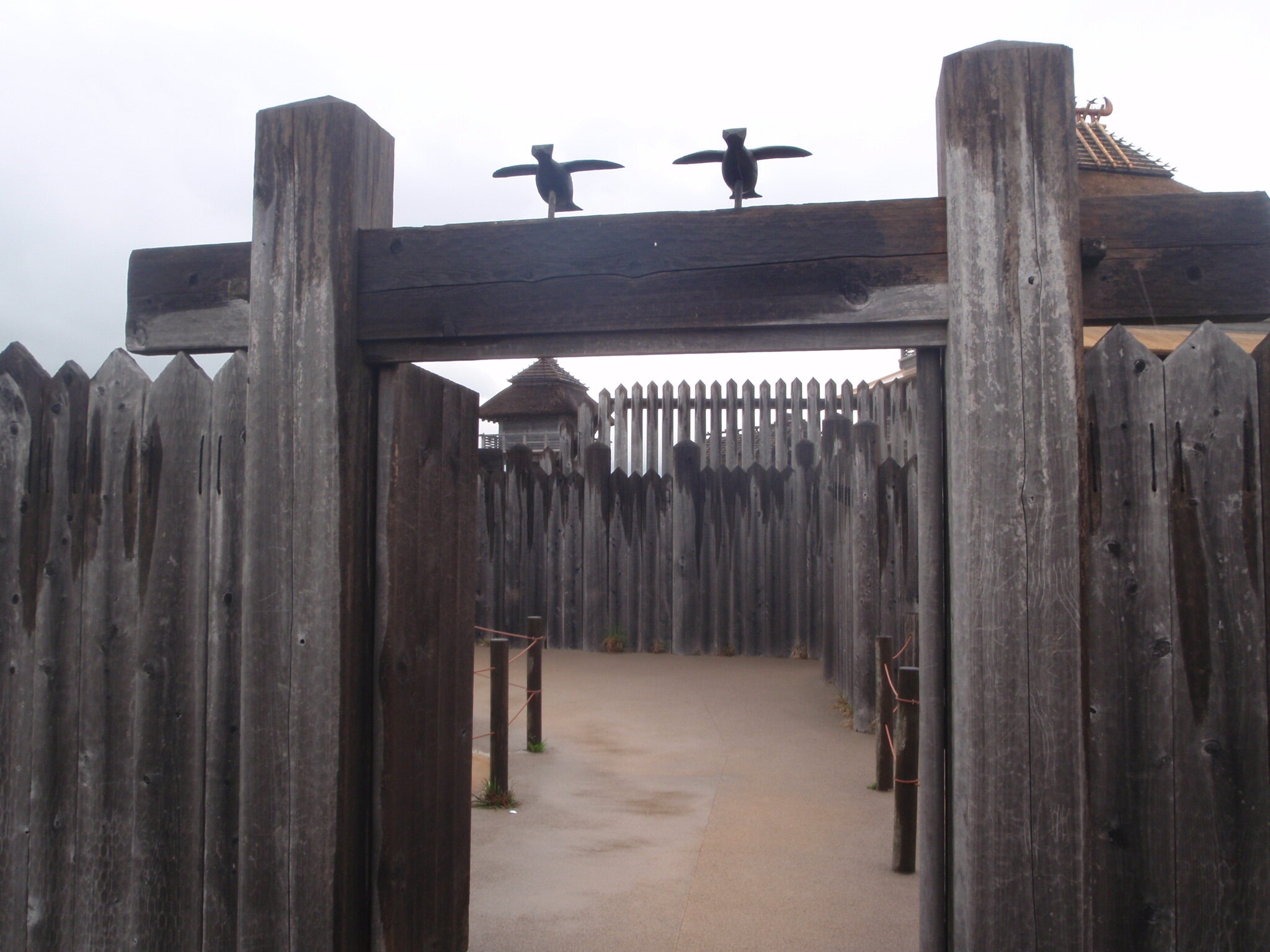
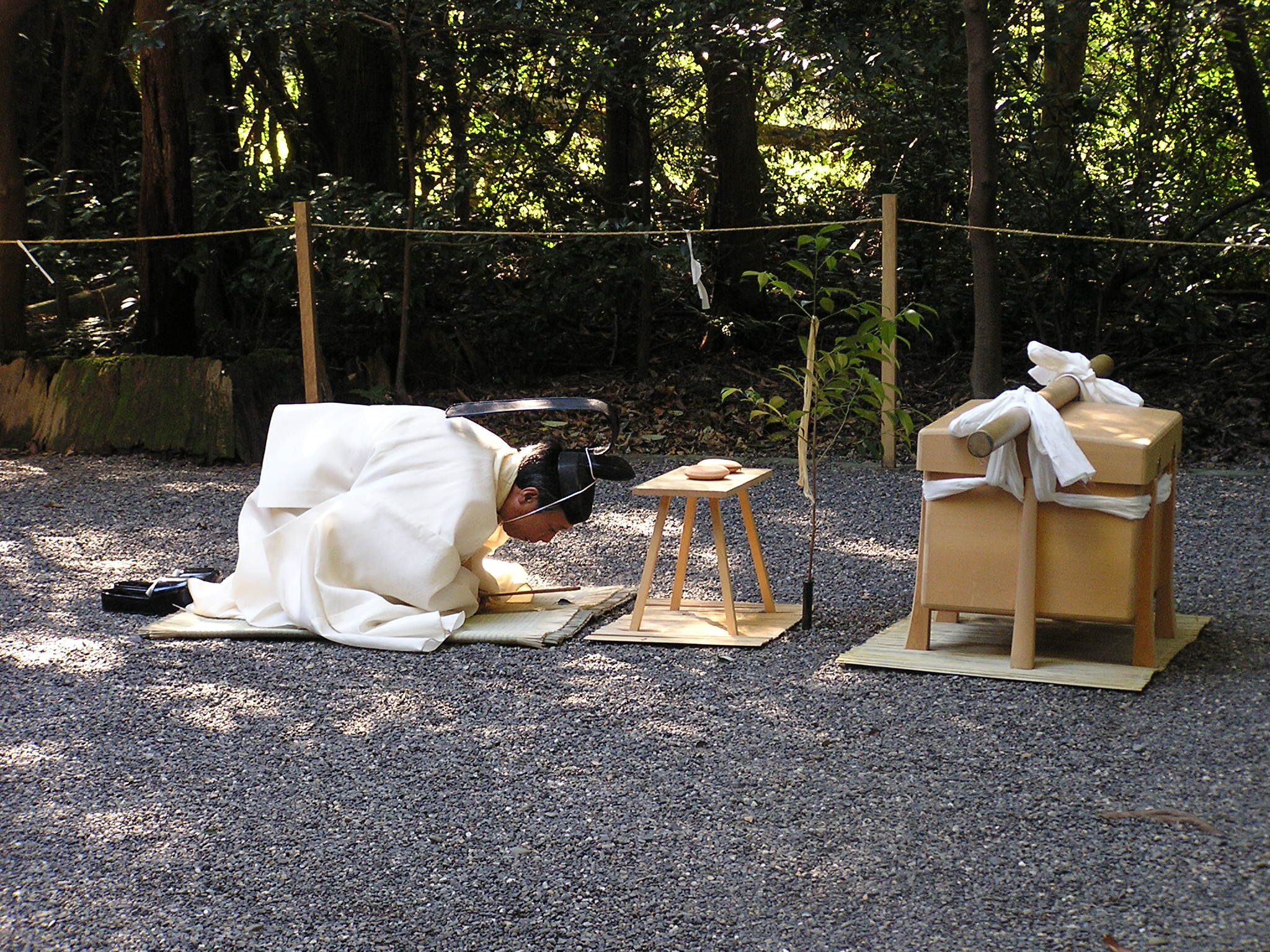
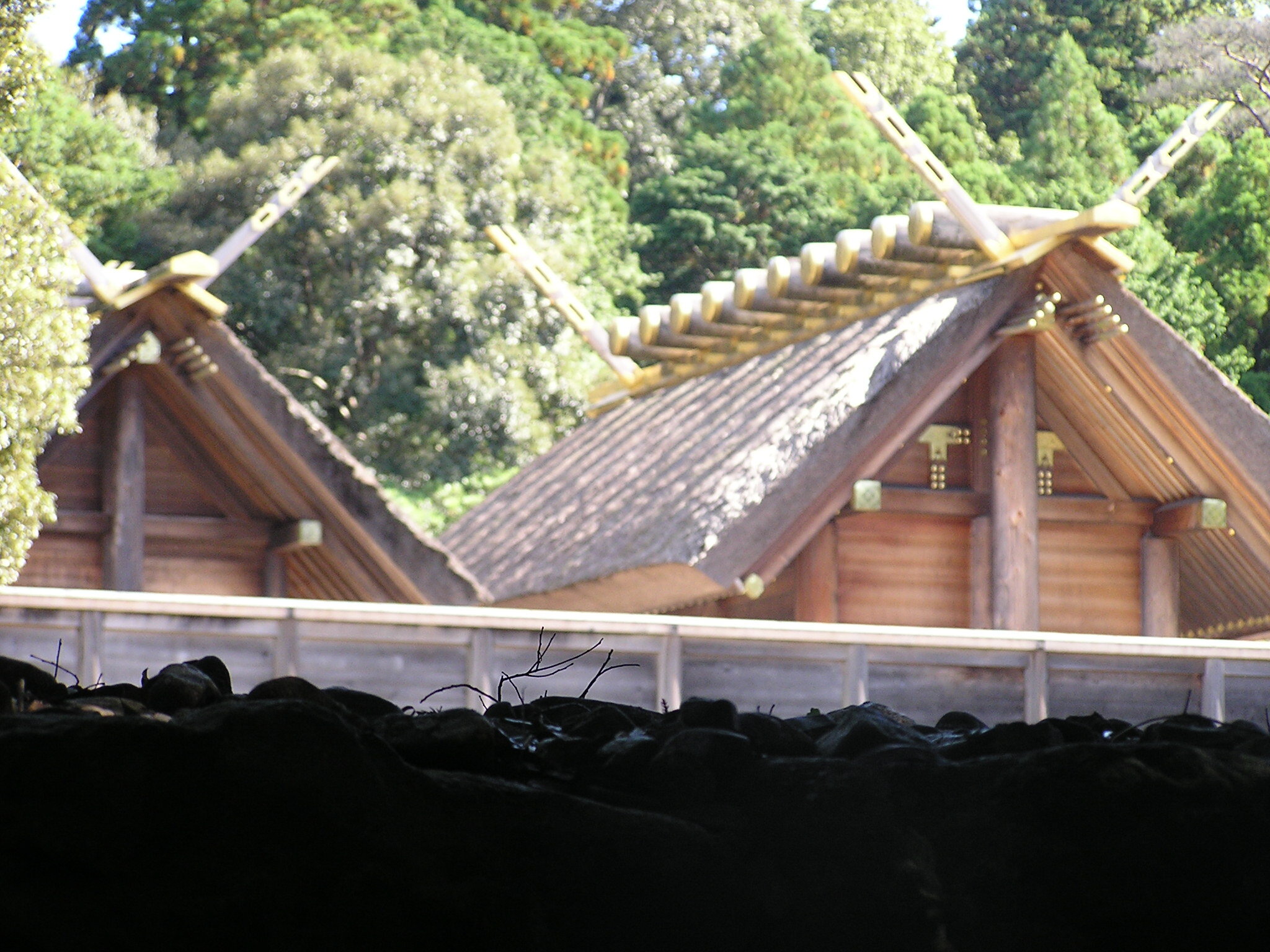
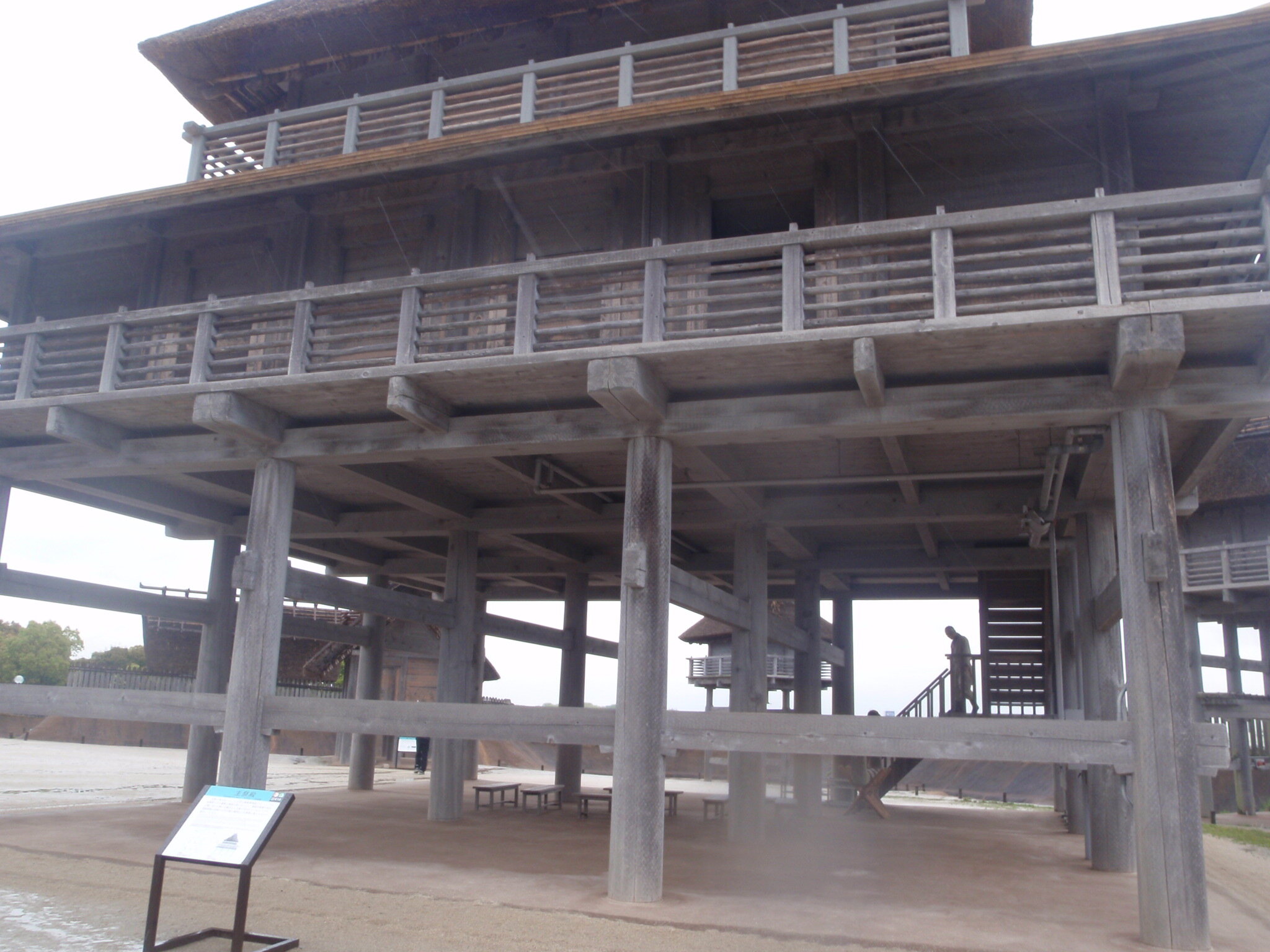
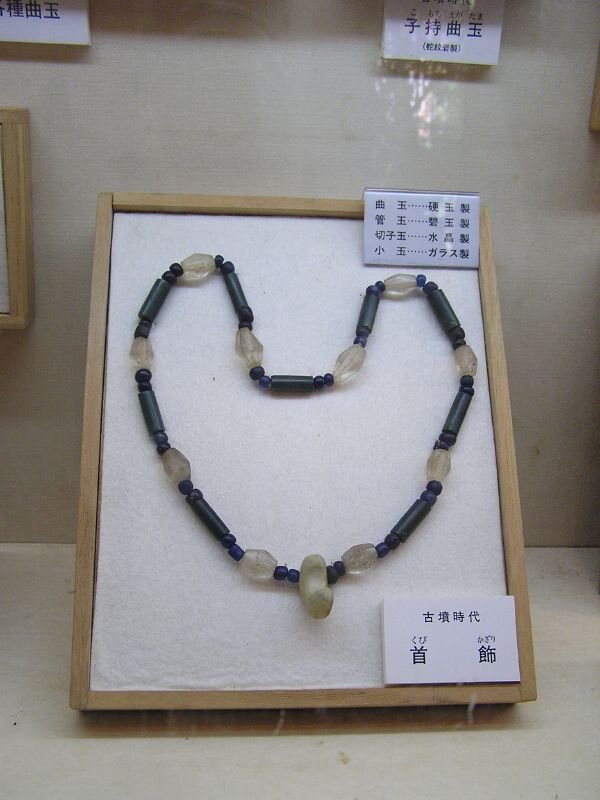
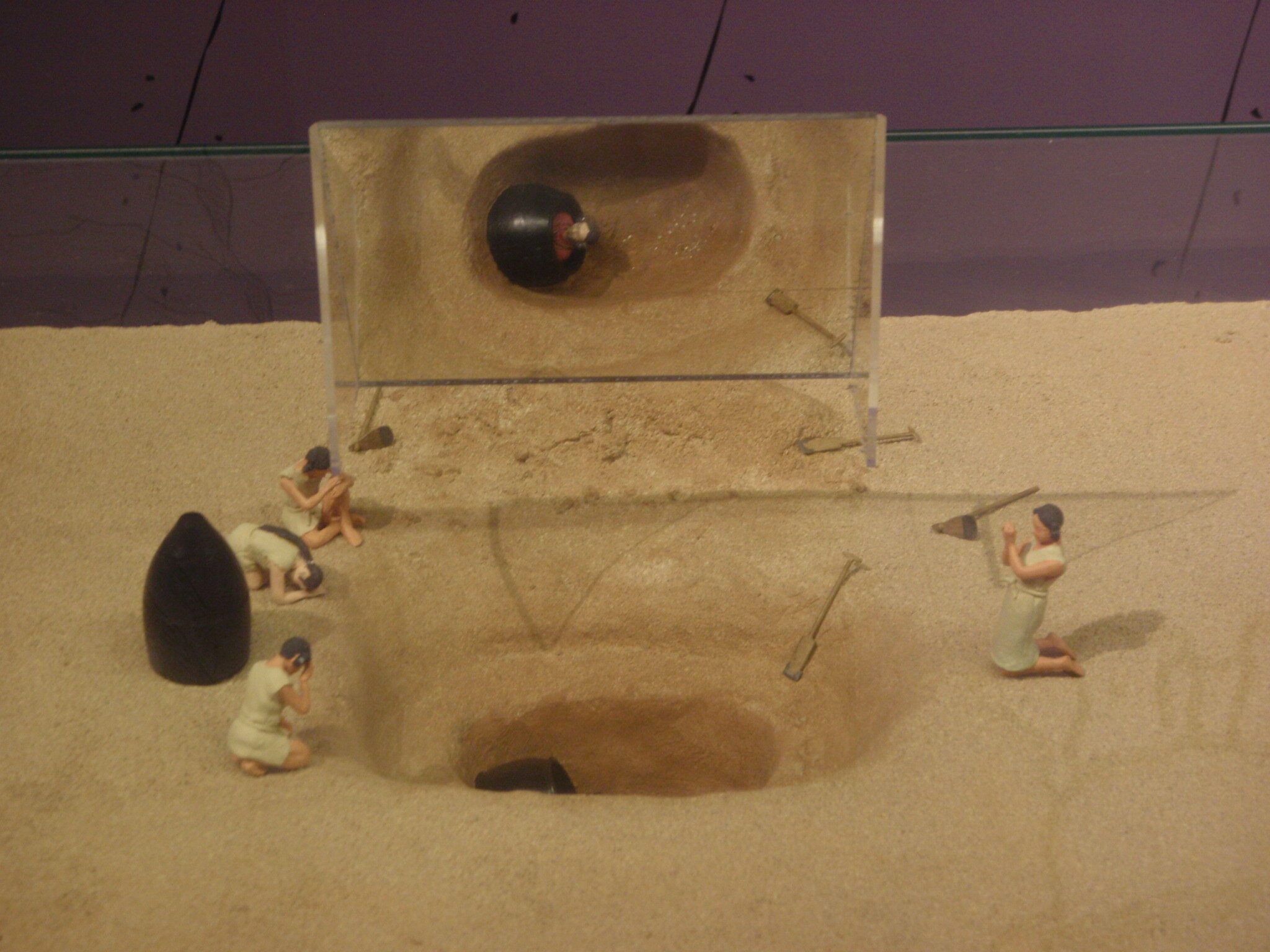
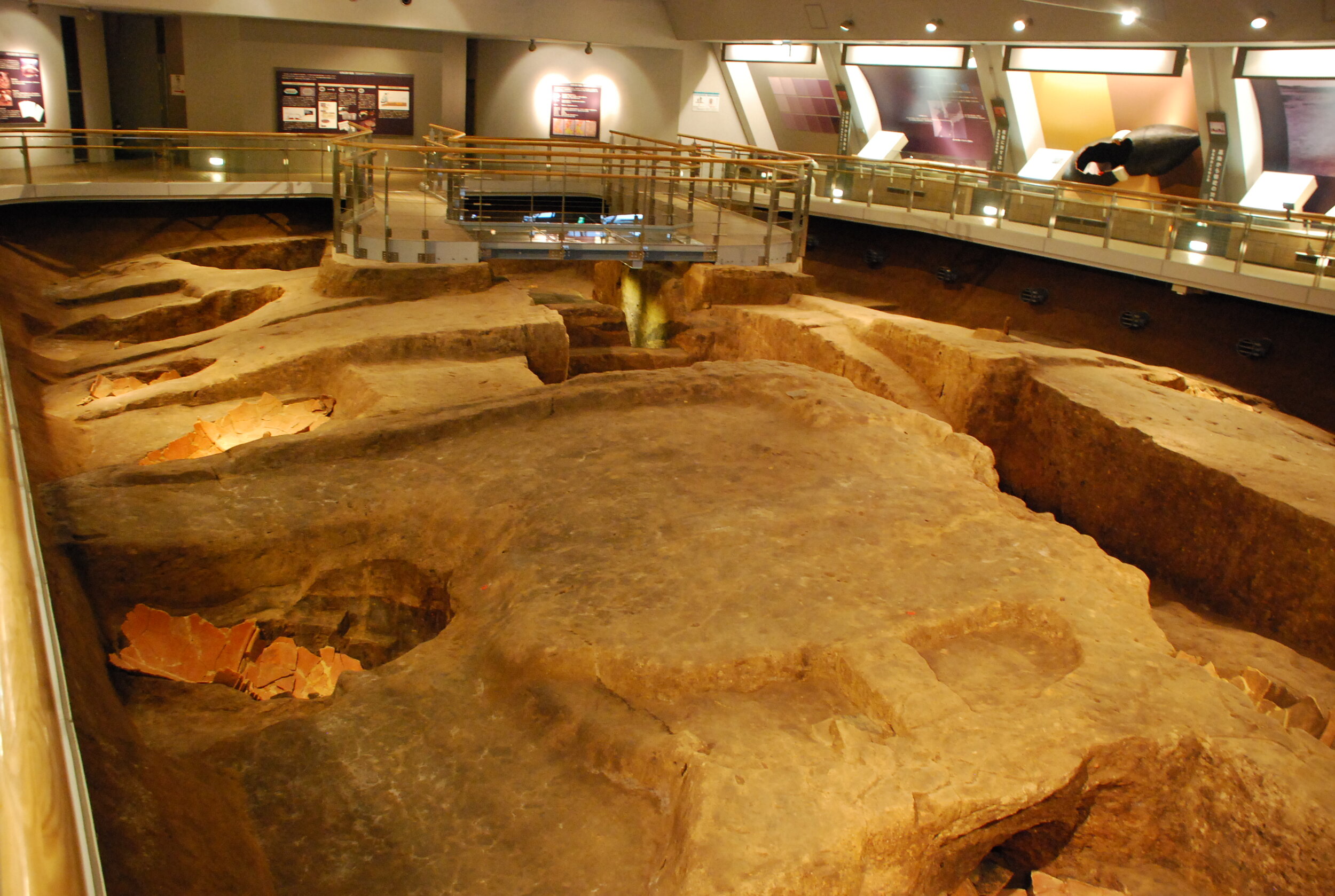

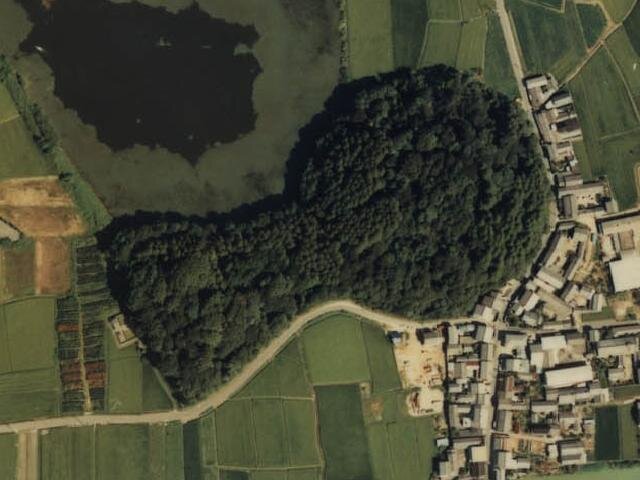
References
Barnes, Gina L. (2015), Achaeology of East Asia: The Rise of Civilization in China, Korea and Japan
Soumaré, Massimo (2007), Japan in Five Ancient Chinese Chronicles: Wo, the Land of Yamatai, and Queen Himiko. ISBN: 978-4-902075-22-9
Kidder, J. Edward (2007), Himiko and Japan's Elusive Chiefdom of Yamatai: Archaeology, History, and Mythology. ISBN: 978-0824830359
Nelson, Thomas. (2004), Slavery in Medieval Japan. Monumenta Nipponica, 59(4), 463-492. Retrieved from www.jstor.org/stable/25066328
Kyodo. (2000, Nov 04) “Archaeologists unearth settlement mentioned in Wei Chronicle”; https://www.japantimes.co.jp/news/2000/11/04/national/archaeologists-unearth-settlement-mentioned-in-wei-chronicle/#.XiI9r2hKiUk
Barnes, Gina L. (1988); Protohistoric Yamato: Archaeology of the First Japanese State;
Han, Kangxin and Nakahashi, Takahiro. (1995, May 12), “A Comparative Study of Ritual Tooth Ablation in Ancient China and Japan”; Anthropological Science, Volume 104 (1996) Issue 1; https://jstage.jst.go.jp/article/ase1993/104/1/104_1_43/_pdf/-char/en
Hudson, M., & Barnes, G. (1991). Yoshinogari. A Yayoi Settlement in Northern Kyushu. Monumenta Nipponica, 46(2), 211-235. doi:10.2307/2385402
